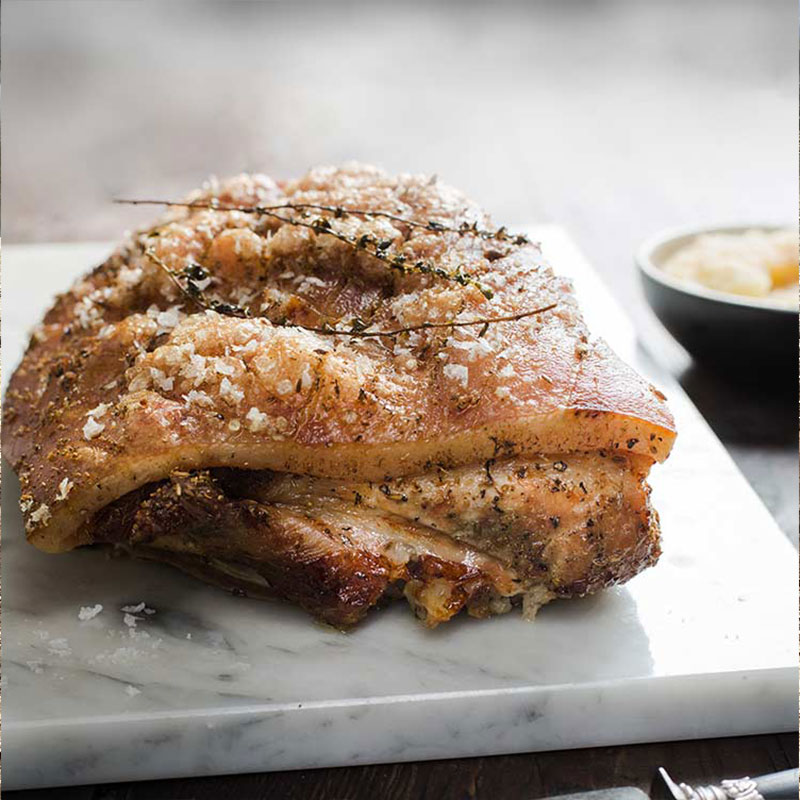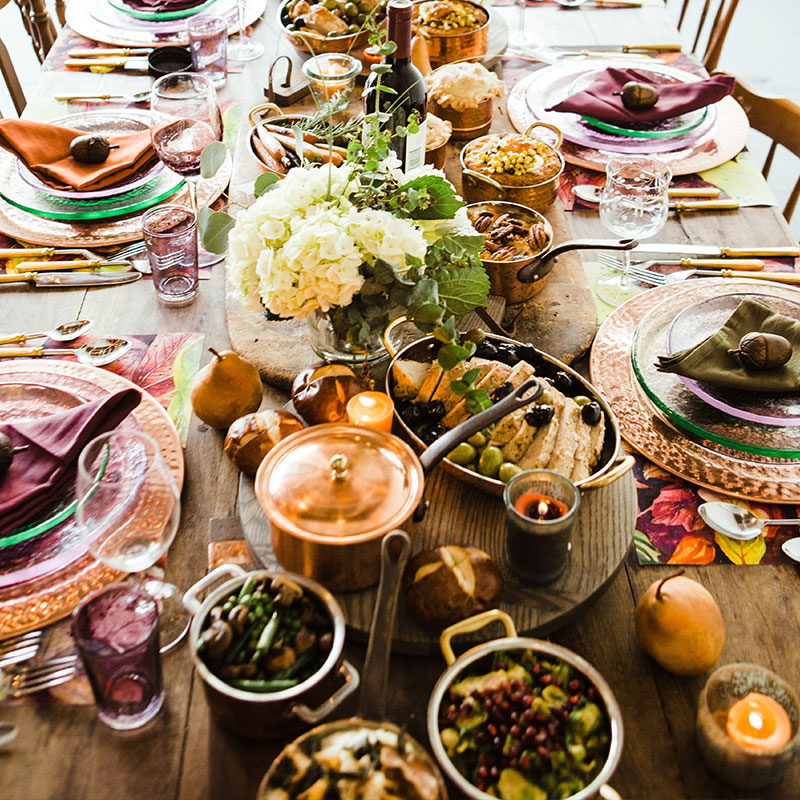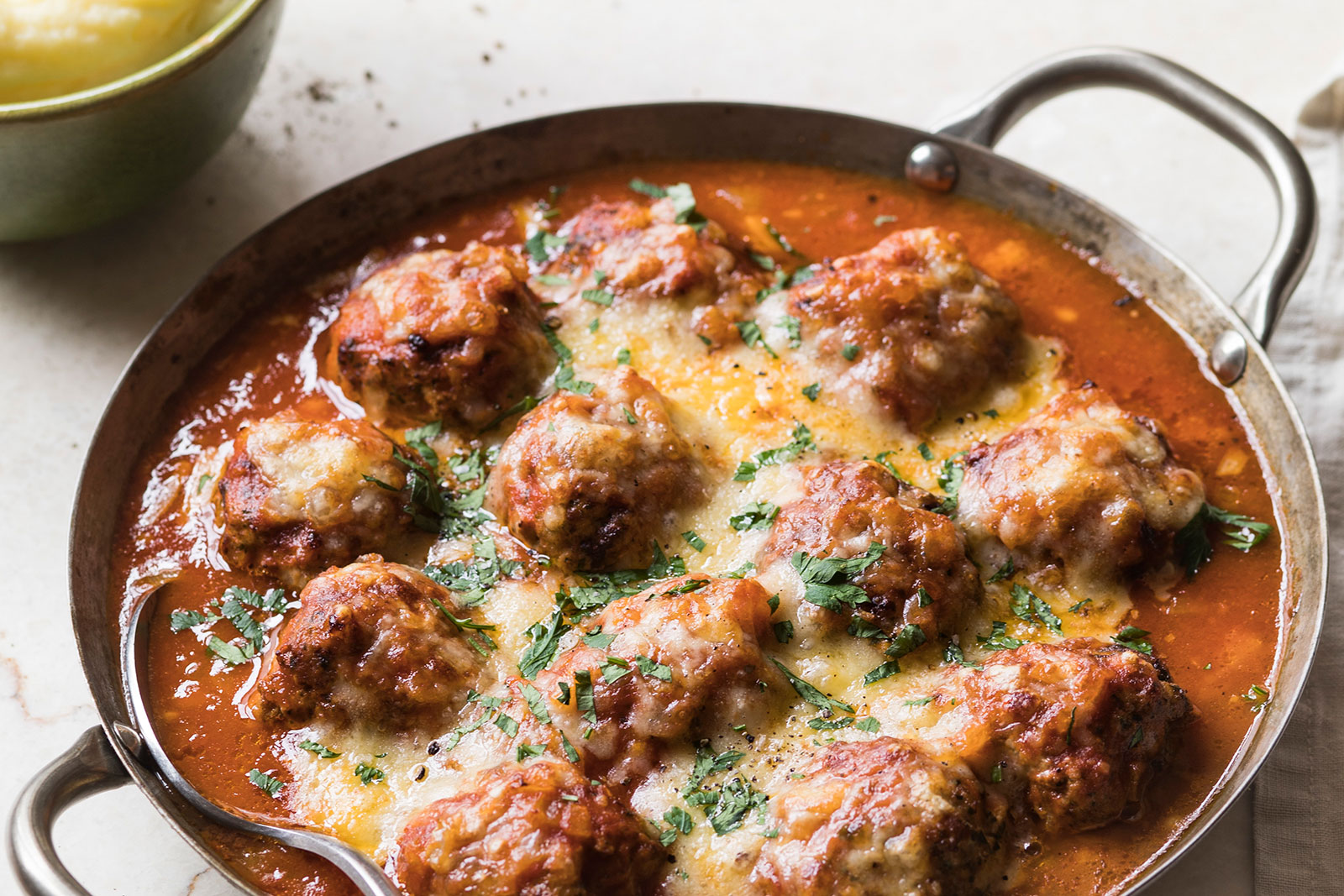Creating a Matariki Feast
This year, Matariki, the beginning of the Māori New Year, is marked on Friday 14 July. With this being only the second year Matariki has been a national public holiday, we’re looking into what role food plays in this special day.
Across the world there are traditional celebrations that almost always feature food as a main symbolising factor.
Whether it’s eggs at Easter, deep-fried sufganiyot at Hanukkah, whole fish with uncut noodles for Chinese New Year or Ham on the bone at Christmas (check out our festive Ham recipes here), these foods become a vital part of the celebrations.
Matariki is no different and in fact Hākari (Feasting) is one of the values embedded in the traditional practices of Matariki.
What is Matariki?

Matariki is the Māori name for the cluster of stars also known as the Pleiades. It rises in midwinter and heralds the start of a new year.
It is a time to remember those who’ve passed in the last year, releasing their spirits to the stars, to enjoy the present and prepare for the future.
The traditional role of food in Matariki

In midwinter, when Matariki appears on the horizon in the morning, the Matariki ceremony takes place. This ceremony is commonly known as ‘whāngai i te hautapu’, meaning to offer food to the stars. This practice involves the ‘umu kohukohu whetū’ – a steamy earth oven for the stars.
Traditionally, food was gathered from different parts of the environment, cooked in a hangi and uncovered when Matariki was seen.
The steam would rise into the sky, feeding Matariki and opening the Māori New Year.
Modern Matariki Feasts
If Matariki is a new celebration to you then creating a modern Matariki feast and a new family tradition of your own can be a great opportunity. It’s a chance to get the family together in the middle of the year, enjoy each other’s company, reminisce and perhaps make some plans for the year ahead.
So, what are the ingredients for the ultimate feast?
1. Choose a New Zealand pork centrepiece to feed the masses

Roast pork is an absolute Winter crowd pleaser, and pork is often a traditional part of the Matariki hangi, making it the ideal ‘star’ for your feast. Remember to look at the weight of your meat to figure out how many mouths it should feed. As a rule of thumb:
A bone-in roast is generally approx. 3.5 – 4kg and feeds about 10 – 12 people.
A boneless roast is generally approx. 1.5 – 2kg and feeds about 6 – 8 people.
Check out more tips for getting the perfect roast pork here
2. Give options on the side, but don’t overdo it!

When you’re feeding a crowd, it can be tricky to cater to everyone. You want to have options on the table but be wary of creating more work than you have time for. The last thing you want is to have to spend the whole occasion in the kitchen. So, our advice is to choose 3-5 simple sides, and ideally some that you can prep before the day.
You can also add a couple of sauce options too, some of our favourites are the classic apple sauce and this trendy Port and Raspberry Sauce.
3. Perhaps consider a breakfast?

Matariki is traditionally celebrated at dawn, if you want to enjoy the star gazing followed by a meal with the whanau then a cooked breakfast could be just the answer. If the weather’s good, don’t be afraid to use the barbecue for your classic bacon and eggs cooked breakfast to create a really special Matariki tradition. And our top tip – if you want to add some pancakes to the menu, you can pre-make and cook them the day before, just keep them fairly pale, then pop them on the barbecue to heat through along with everything else. Here’s our Easy Peasy Pancake recipe, and these breakfast burritos will also win over the crowd, just pop all the ingredients on the table and people can create their own.
Subscribe to our newsletter
Like what you see? Subscribe to our fortnightly newsletter 'Recipe Club' and be the first to know about new recipes, competitions, giveaways and more.




